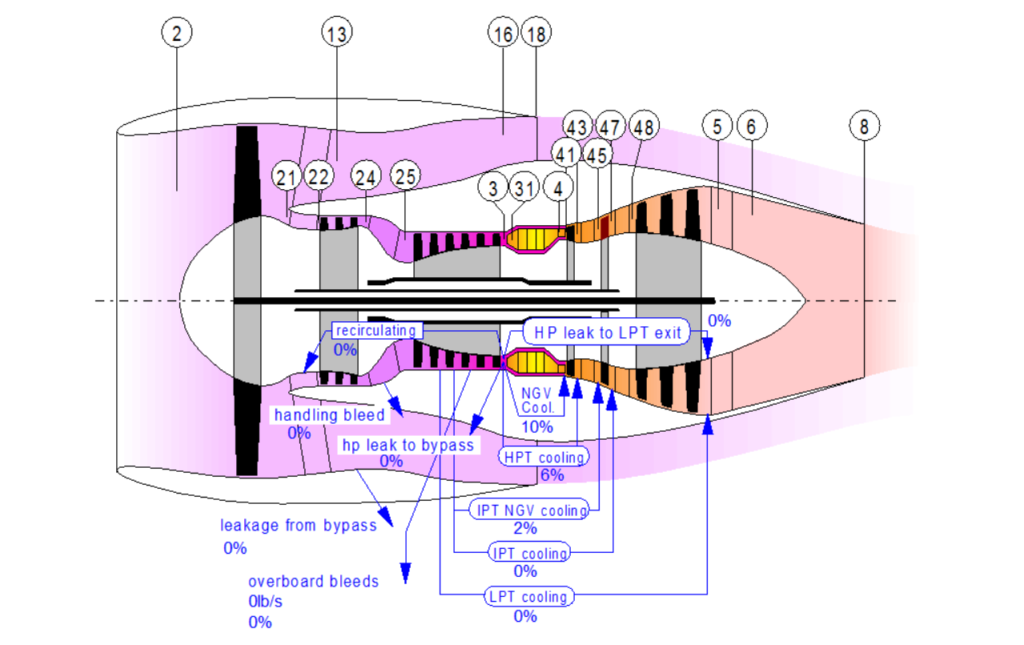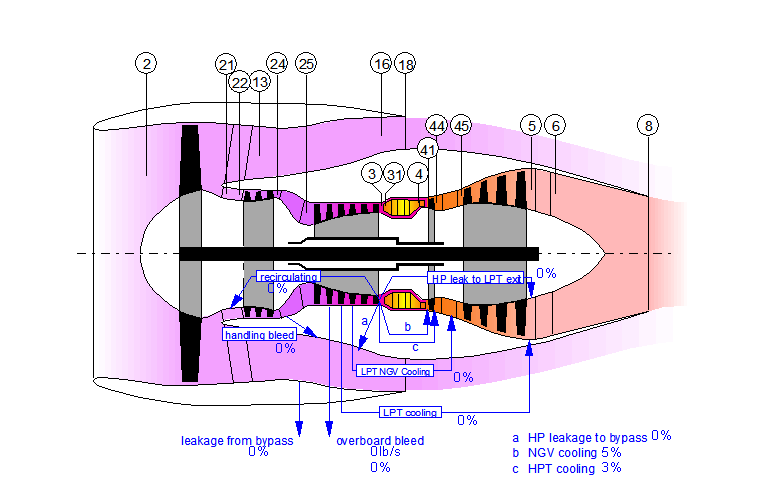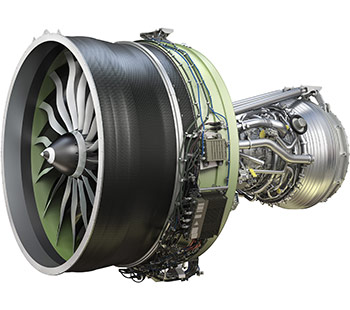Leeham News and Analysis
There's more to real news than a news release.
Asian airline shift portends big ramifications
Subscription Required
Introduction
April 17, 2017, © Leeham Co.: A shift is underway among Asian airlines that could have ramifications for the airframe and engine manufacturers and, by extension, their suppliers.
It doesn’t appear, however, that aerospace analysts in the US and Europe realize this shift. At least none has written about it that we’ve seen among the research notes we receive.
Summary
- The creation of the Value Alliance of Low Cost Carriers brings together eight LCCs under one alliance.
- AirAsia faces a competitive threat.
- Full service carriers also face a threat, particularly those in Japan, concludes one aerospace analyst team in the region.
- Airbus, Boeing have a backlog of more than 1,000 airplanes with the VALCC group and hundreds more with other airlines.
Read more
Bjorn’s Corner: Aircraft engines, sum up
April 14, 2017, ©. Leeham Co: We’ve been talking engines on Fridays since October 2016. The Corners covered several areas, from technologies to operations.
And we could go on and dig deeper. But we will move on.
Before we go, we sum up what we have learned in the 24 Corners around airliner Turbofans.
Bjorn’s Corner: Aircraft engine maintenance, Part 6
April 7, 2017, ©. Leeham Co: Last week’s Corner developed the overhaul shop visits per year for wide-body engines. We will now look at how the market develops around these overhaul opportunities.
How does the shop structure develop over a popular engine’s life-cycle? How much choice has an operator and when?
Bjorn’s Corner: Aircraft engine maintenance, Part 5
March 31, 2017, ©. Leeham Co: In the last Corner, we showed flight hour graphs for wide-body engines. Now we will deduce the market for engine overhauls from these graphs.
It will show which engines are still in engine manufacturer care, in their main maintenance cycle and in the sun-set phase.
The phase the engine is in and its future flight hour development will decide the attractiveness of the engine for overhaul organizations. Read more
Bjorn’s Corner: Aircraft engine maintenance, Part 4
March 24, 2017, ©. Leeham Co: After covering the maintenance market for single-aisle engines, time has come for the engines used on wide-body aircraft. The engine maintenance for a wide-body engine is a bit different to the single-aisle engine. The difference is caused by the longer flight times for the wide-bodies. This makes the flight time wear a more dominant maintenance driver than it is for the single-aisle engines.
The changes in overhaul work caused by the difference in flight profiles and the lower number of engines in the market (compared to the single aisles) will affect how the overhaul market is structured and who are the dominant players.
Bjorn’s Corner: Aircraft engine maintenance, Part 3
March 17, 2017, ©. Leeham Co: In the last Corner, we showed graphs of the yearly flight hours for engines on single-aisle aircraft. Now we will deduce the market for engine overhauls from these graphs.
These will show which engines generate a maintenance volume that is interesting for engine overhaul companies and which engines are niche.
Based on the market size, we will then go through how an engine is maintained when new, mature and at end-of-life.
Bjorn’s Corner: Aircraft engines maintenance, Part 2
March 10, 2017, ©. Leeham Co: Last week we started the series how airline turbofans are maintained. We described the typical work scopes and what the intervals were for different single-aisle engines.
Before we can describe the engine maintenance market we must get a feel for the market size for different engine types.
We will start with understanding the single-aisle engine maintenance market. Read more
Singapore 777-9 order pressures, but does not kill A380
Feb. 16, 2017, © Leeham Co.: Last week’s order by Singapore Airlines for 20 Boeing 777-9s and 19 Boeing 787-10s immediately was viewed by some as the death

Boeing 777-9.
knell for the Airbus A380.
The 777-9 order would start the final spiral down for the A380, some contend.
This overstates the case and misunderstands the nature of the order.
The A380 is in trouble, there no doubt about that. The 777-9 is putting pressure on the A380. There’s no doubt about this, either. But the contention the Singapore 777-9 order sends the A380 on a death spiral is wild fantasy.
An Airbus official appears today at the annual conference of the Pacific Northwest Aerospace Alliance (PNAA) in Lynnwood (WA). Undoubtedly, he will maintain the party line that the future of the A380 is solid. This, too, overstates the case. There can be a future for the airplane, but some major decisions must be made.
Bjorn’s Corner: Aircraft engines in operation, Part 3
February 3, 2017, ©. Leeham Co: In the last Corner, we went through how our airliner engine reacts to the different phases of flight, including what happens when we operate in a hot environment.
We also showed how engine manufacturers make a series of engines with different thrust ratings by de-rating the strongest version through the engine control computer.
We will now look deeper at how engines are controlled and why so-called flat-rating is important. Read more





